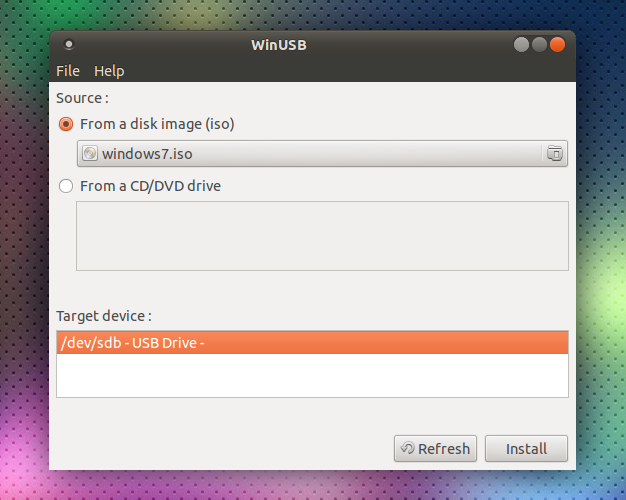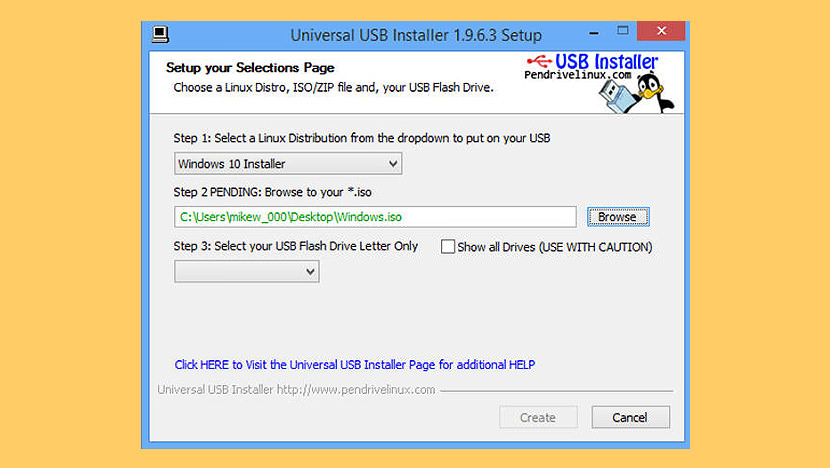
Wait for at least a minute after the operation has been completed to make sure that the USB pen drive is not writing changes, then re-attach your USB pen drive and close the Ventoy web tool. Select the USB pen drive from the list that you want to use for the Windows 11 installation and click on Install.Ĭonfirm your action by clicking on Continue twice. If the connection has failed, then double check that VentoyWeb is still running in the terminal window. Open Firefox (if not open yet as you are reading this page, haha) and navigate to. Make sure you the virtual machine is not larger than your USB drive. Plug the USB drive to your device, using a USB-OTG adapter if needed. Connect your Windows 10 ISO to the virtual machine and install Windows 10. You have been warned! Step 3: Flash Ventoy on the USB pen drive To create an Arch Linux installer, download the ISO image file on your Android device. Now be sure that you have a double back-up of all the USB pen drive’s content as the application will completely remove everything on the USB pen drive. Open a terminal window (CTRL+ALT+T) and run: cd ventoy* With ventoy, you dont need to format the disk over and over.

–> ventoy- (version) to your home folder. Ventoy is an open source tool to create bootable USB drive for ISO/WIM/IMG/VHD(x)/EFI files. Once you have downloaded the file, extract the inner folder –>. The file that should be downloaded ends with tar.gz.

It is recommended to download the latest version. Now that the Windows 11 image is downloading, we have to download the tar.gz file from Ventoy’s website.


 0 kommentar(er)
0 kommentar(er)
